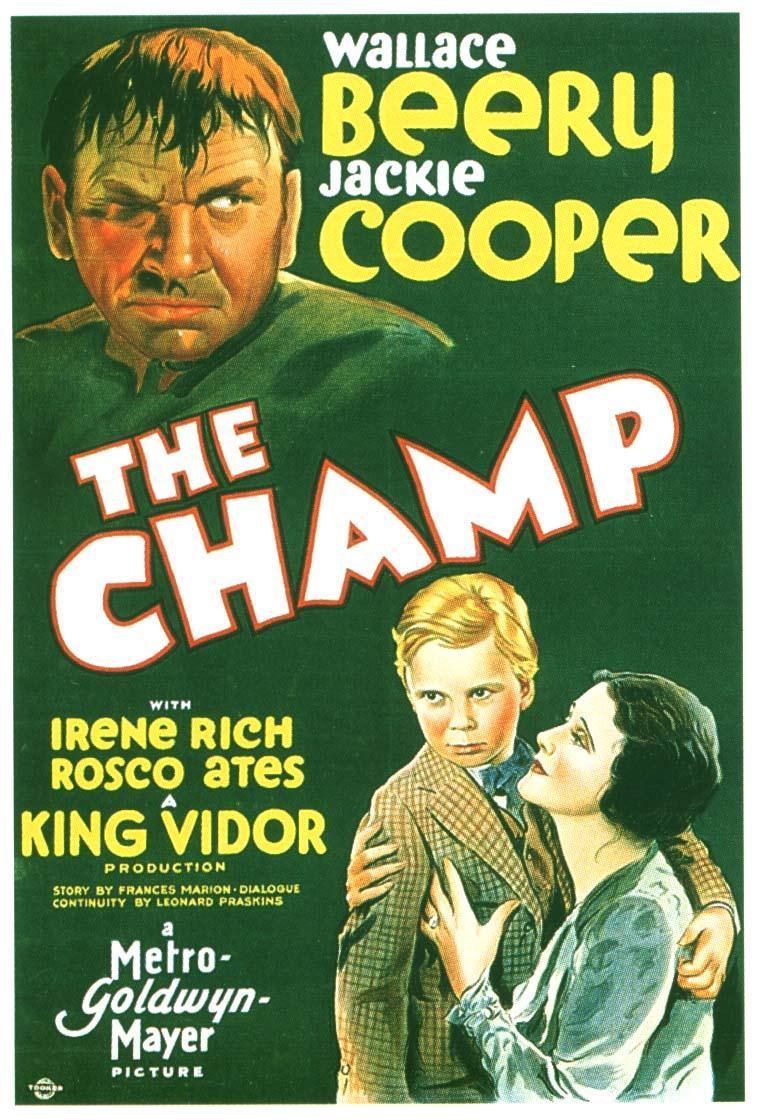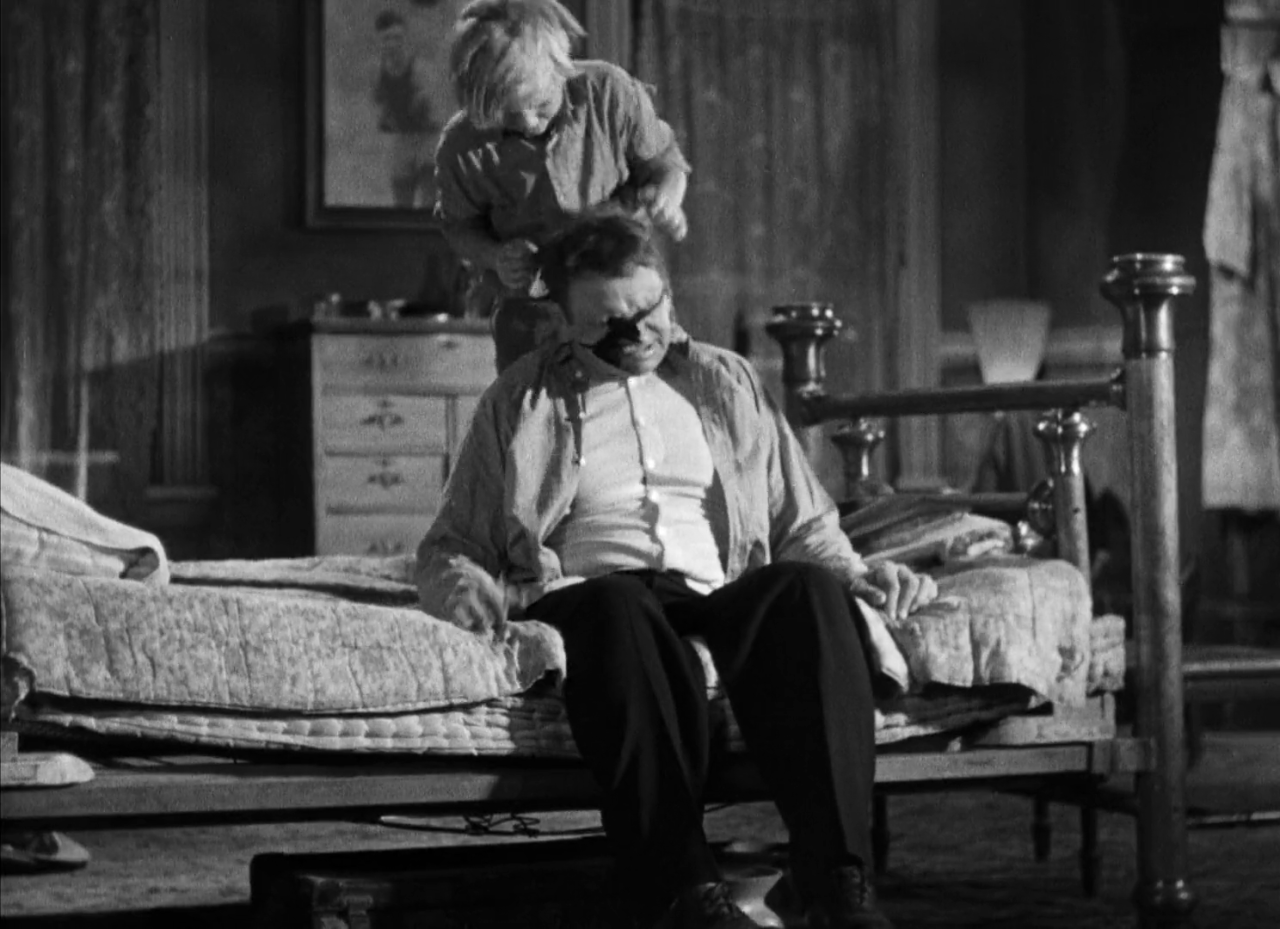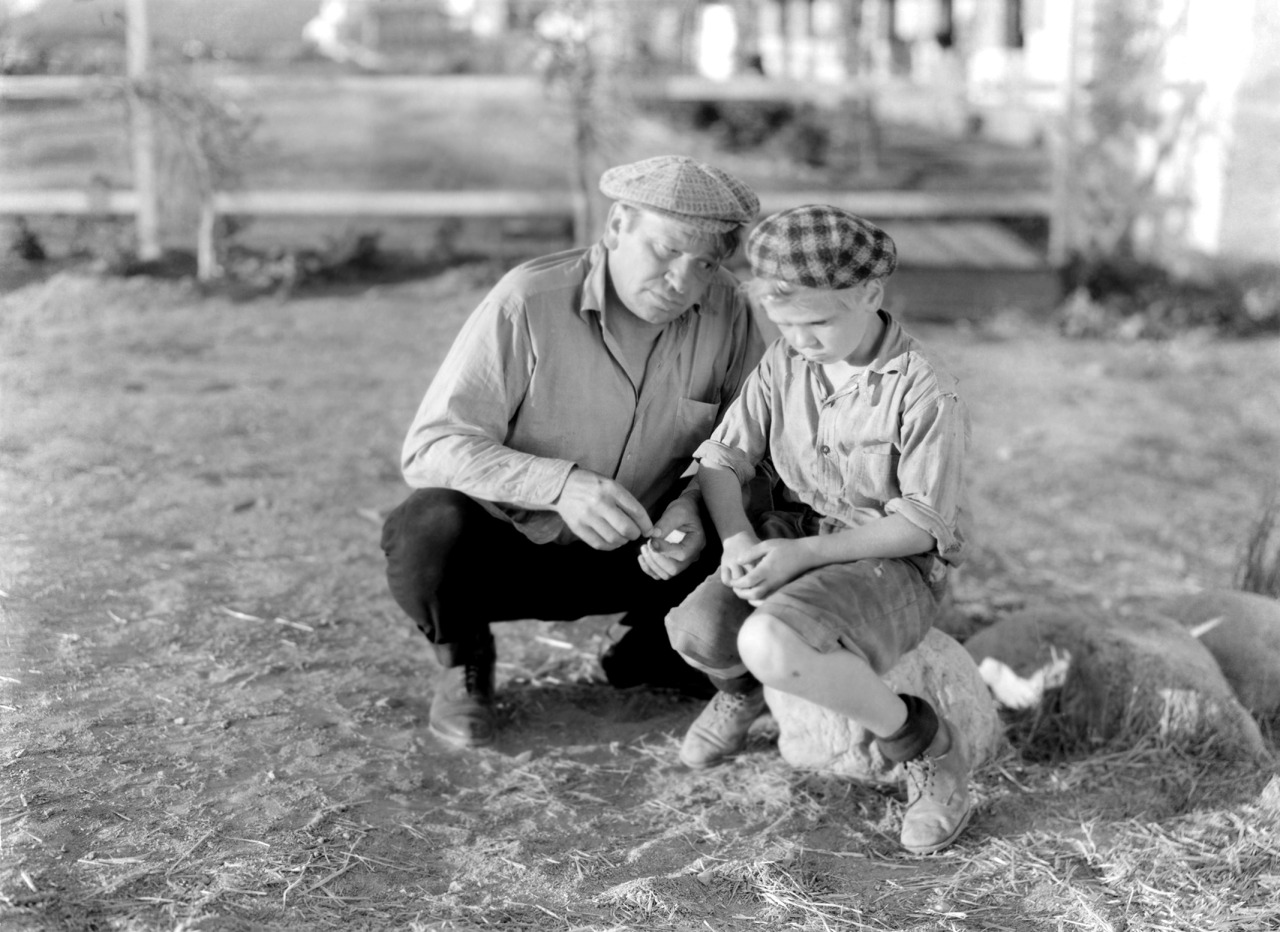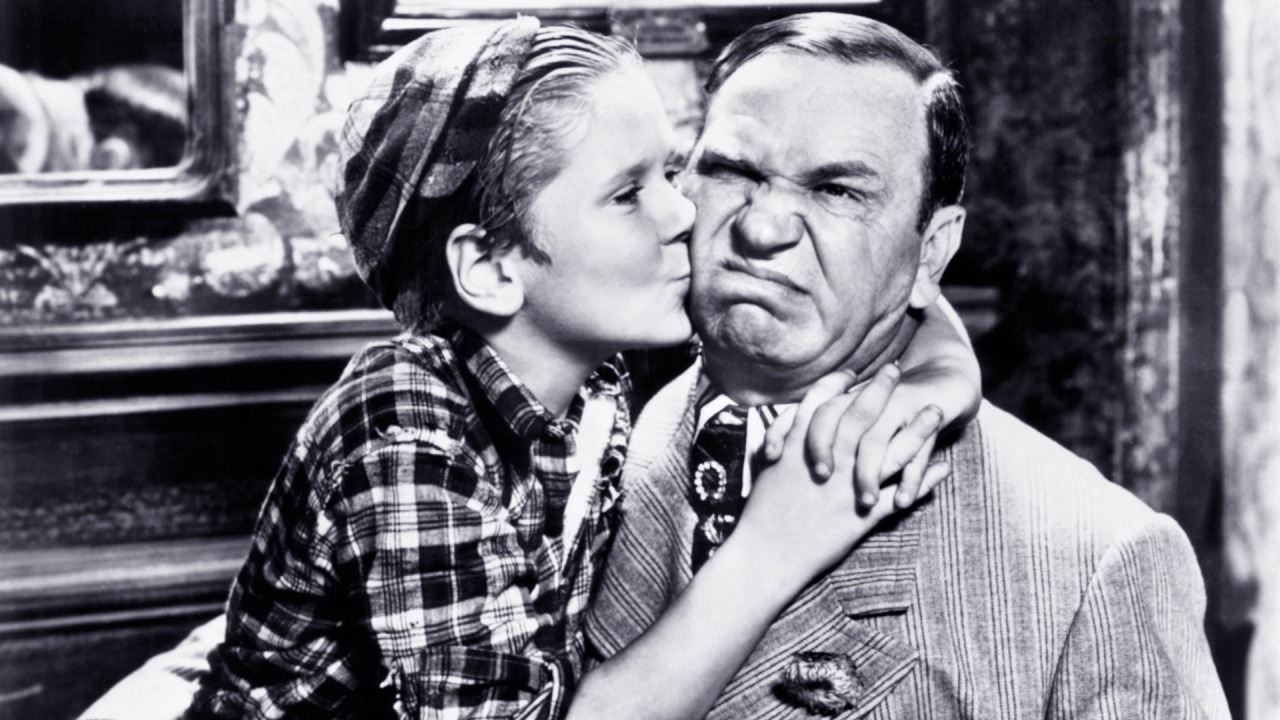 |
| Clark Gable and Jean Harlow in China Seas |
Cast: Clark Gable, Jean Harlow, Wallace Beery, Rosalind Russell, Lewis Stone, C. Aubrey Smith, Dudley Digges, Robert Benchley, William Henry, Hattie McDaniel, Liev De Maigret, Lilian Bond, Edward Brophy, Soo Yong, Akim Tamiroff, Ivan Lebedeff.
Screenplay: Jules Furthman, James Kevin McGuinness,
based on a novel by Crosbie Garstin.
Cinematography: Ray June.
Art direction: Cedric Gibbons.
Film editing: William LeVanway.
Music: Herbert Stothart.
China Seas is a pretty good romantic adventure that seems to have been pieced together from better movies. Its romantic triangle of Clark Gable, Jean Harlow, and Rosalind Russell mimics that of Gable, Harlow, and Mary Astor in
Red Dust (Victor Fleming, 1932). Harlow and Wallace Beery have a relationship that echoes the one their characters had in
Dinner at Eight (George Cukor, 1933). And the byplay between Harlow's character and her maid (Hattie McDaniel, of course) is a lot like the banter between Mae West and her maids in
She Done Him Wrong (Lowell Sherman, 1933) and
I'm No Angel (Wesley Ruggles, 1933).
China Seas has a few standout moments of its own: There's a terrific typhoon sequence involving a runaway steamroller on the deck of the tramp steamer captained by Gable's Alan Gaskell, and Robert Benchley has some funny bits as an alcoholic writer who's usually too drunk to know where he is or to respond to other people with anything more than non sequiturs. There's a kind of uptightness to the movie that reminds us that the Production Code censors were breathing down people's necks, whereas all of those better movies mentioned above were pre-Code. But Gable and Harlow are in fine form. She's Dolly Portland, aka "China Doll," the shady lady (sometimes introduced as "an entertainer") who used to be involved with Capt. Gaskell and has now booked passage on his steamer from Hong Kong to Singapore in an effort to win him back. Russell plays Sybil Barclay, a high-class English lady who also has a past with the captain and nearly does succeed in recapturing him. Russell seems to be trying too hard at the role, slipping into stiff-upper-lip mannerisms and becoming rather arch, so there's no real heat between her character and Gable's. Another old flame of Dolly's, Jamesy McArdle (Beery), is also on board, and he's in cahoots with Malaysian pirates to board the ship and steal the gold it's carrying. Rejected by the captain, who decides to marry Sybil, Dolly joins forces with McArdle, though she doesn't really mean to. You've seen this sort of thing before, so there are no surprises, but relax and be entertained.












